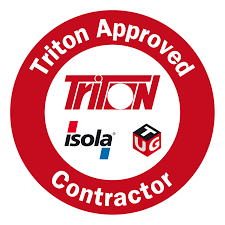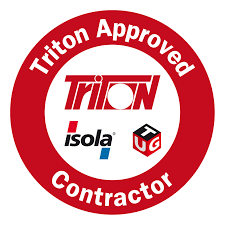Waterproof Coating Installations in Telford, Shrewsbury, Wolverhampton and the West Midlands
A building or structure needs waterproofing as concrete itself will not be watertight on its own. The conventional system of waterproofing involves 'membranes'.
This relies on the application of one or more layers of membrane (available in various materials: e.g., bitumen, silicate, PVC, EPDM etc.) that act as a barrier between the water and the building structure, preventing the passage of water. However, the membrane system relies on exacting application, presenting difficulties. Problems with application or adherence to the substrate can lead to leakage
Over the past two decades, the construction industry has had technological advances in waterproofing materials, including integral waterproofing systems as well as more advanced membrane materials.
Integral systems work within the matrix of a concrete structure, giving the concrete itself a waterproof quality. There are two main types of integral waterproofing systems: the hydrophilic and the hydrophobic systems. A hydrophilic system typically uses a crystallization technology that replaces the water in the concrete with insoluble crystals. Various brands available in the market claim similar properties, but not all can react with a wide range of cement hydration by-products, and thus require caution. Hydrophobic systems use fatty acids to block pores within the concrete, preventing water passage.
Call us now on 07926 353 575
for more information on waterproof coatings.



